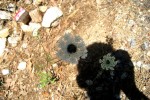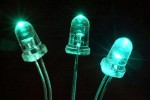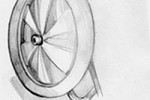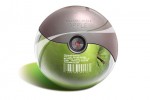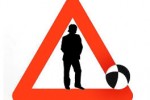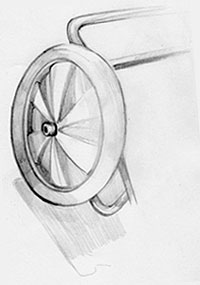
When I was little, I never dared to get in touch with children who had some sort of disability. I’d heard that you shouldn’t stare or point, and I was always afraid that my signals would be misinterpreted. How can a child’s energy and delight in play be illuminated when the focus so often falls on his or her disability?
Studies show that other children often take on a ‘helper’ role, and see it as their task to take care of the disabled child instead of playing on equal terms. The disabled child often gets to play along, but it’s no fun to always be treated like a puppy.
My toy is intended to create a bridge between children with and without disabilities, and to give the children the opportunity to play uninhibitedly and coequally. A toy for everyone, with its roots in the disabled child’s perspective.
Som liten vågade jag aldrig ta kontakt med barn som bar på någon typ av rörelsehinder. Jag hade hört att man inte skulle stirra eller peka och jag var hela tiden rädd för att mina signaler skulle feltolkas. Hur belyser man barnets energi och lust att leka när fokus så ofta hamnar på dess rörelsehinder?
Studier visar på att andra barn ofta tar på sig “hjälprollen” och ser det som sin uppgift att ta hand om det rörelsehindrade barnet istället för att leka på lika villkor. Det rörelsehindrade barnet får ofta vara med, men det är inte kul att alltid få vara hund.
Min leksak är tänkt att skapa en brygga mellan barn med och utan rörelsehinder och ge barnen möjligheten att leka ohämmat och jämlikt. En leksak för alla, med sina rötter i ett rörelsehindrat barns perspektiv.

